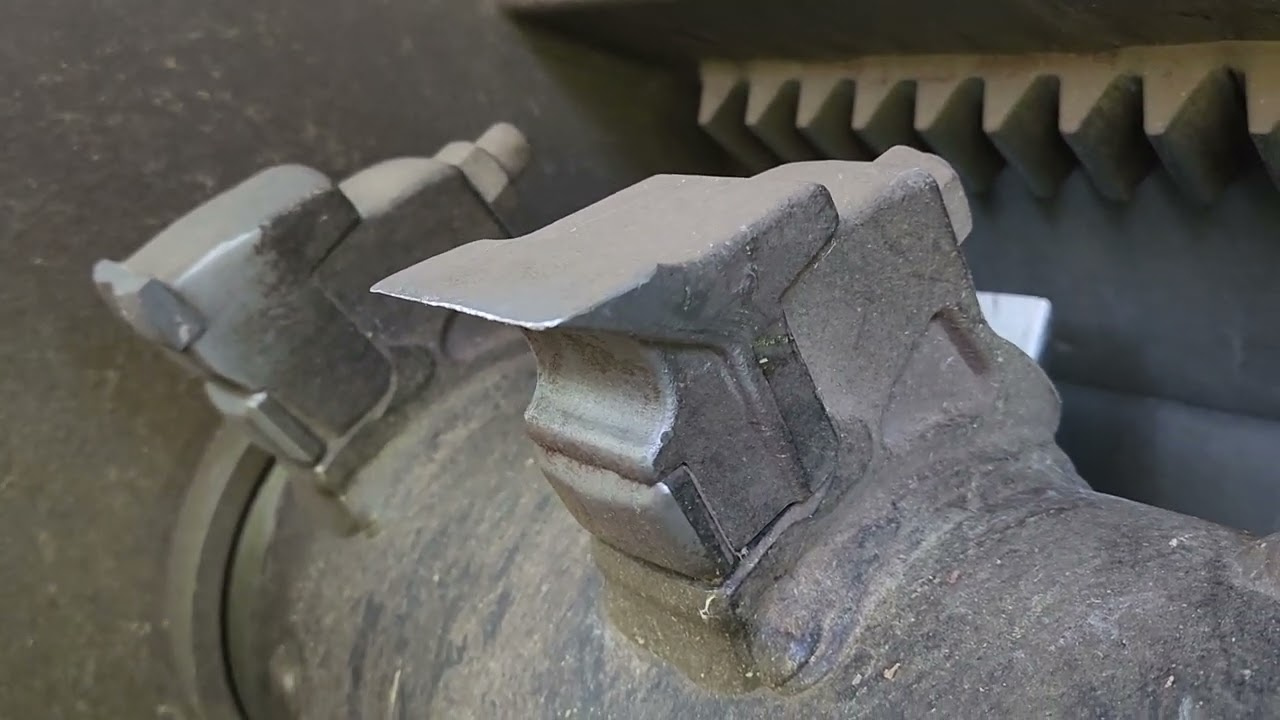The essential role of forestry mulchers exists in their ability to clear land while managing vegetation and preparing soil. The operational effectiveness and performance capabilities of these machines heavily rely on the selection of appropriate mulcher teeth. Various forestry mulcher teeth exist for particular applications to deliver the best possible cutting, grinding, and shredding performance. This article examines the different varieties of forestry mulching teeth alongside their intended applications.
Carbide-Tipped Mulcher Teeth
The forestry mulching industry depends on carbide-tipped mulcher teeth. Manufacturers build mulcher teeth by uniting tungsten carbide tips to steel frameworks. That results in a combination of durable construction and exceptional wear resistance.
Uses
- These teeth excel at cutting hardwood, thick brush, and small trees.
- These teeth demonstrate excellent performance in demanding environments that need durable equipment.
- The teeth work in heavy-duty mulching operations to extend equipment lifespan.
Steel Mulcher Teeth
High-strength steel makes up the entire composition of steel mulcher teeth, which undergo heat treatment to enhance their durability. These teeth provide better value than carbide-tipped teeth because they can be sharpened repeatedly, although they do not last as long.
Uses
- Best for softwood applications and light vegetation clearing.
- The tool works well for tasks needing regular blade sharpening and upkeep.
- These teeth serve applications that need cost-effective solutions instead of extended product life.
Hammer-Style Mulcher Teeth
The blunt cutting edge of hammer-style teeth enables them to deliver powerful impacts for vegetation breakdown instead of performing slicing motions. The teeth find their primary use in flail mowers and forestry mulchers.
Uses
- Effective for clearing dense brush and undergrowth.
- The tool works best when you need to reduce debris and prepare soil for future use.
- This type of mulcher tooth is found to be used in rocky terrains to protect equipment from premature wear.
Chisel-Style Mulcher Teeth
The cutting blades of chisel teeth are engineered to provide efficient slicing ability because of their sharp edges. These teeth penetrate well into wood types and work effectively on both softwood and hardwood materials.
Uses:
- These teeth deliver exceptional performance when cutting both trees and shrubs with precision.
- These teeth work well for creating fine mulch while causing minimal disruption to the ground surface.
- The equipment is used in forestry mulching operations that need precise cutting methods.
Double-Carbide Mulcher Teeth
Double-carbide teeth consist of extra carbide layers, which boost their resistance to wear and impact in the field. The teeth operate under harsh conditions that would otherwise destroy standard teeth.
Uses
- The teeth perform best when mulching heavy materials across rough surfaces.
- These teeth serve land-clearing operations that need to maintain their performance over time while requiring minimal maintenance.
- The product serves contractors who want to reach peak operational performance.
Choosing the Right Mulcher Teeth
Different factors, such as vegetation type, soil conditions, and machine compatibility, determine which mulcher teeth will be most suitable. Attachments for heavy work environments require carbide-tipped teeth or double-carbide teeth, but steel teeth or chisel-style teeth are appropriate for lower-intensity needs.
Conclusion
Different forestry mulcher teeth exist with varying shapes, materials, and designs that match particular mulching requirements. Selection of appropriate teeth, along with knowledge of their distinctions, leads to the highest operational performance combined with efficiency and material durability. The selection of proper teeth between hammer-style and chisel-style will improve your forestry mulching operations.


